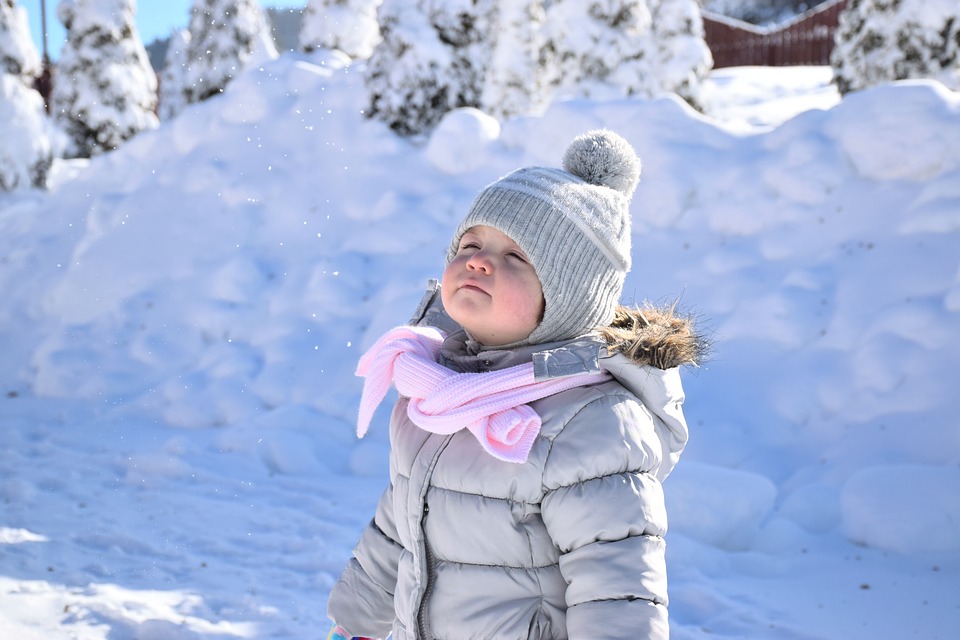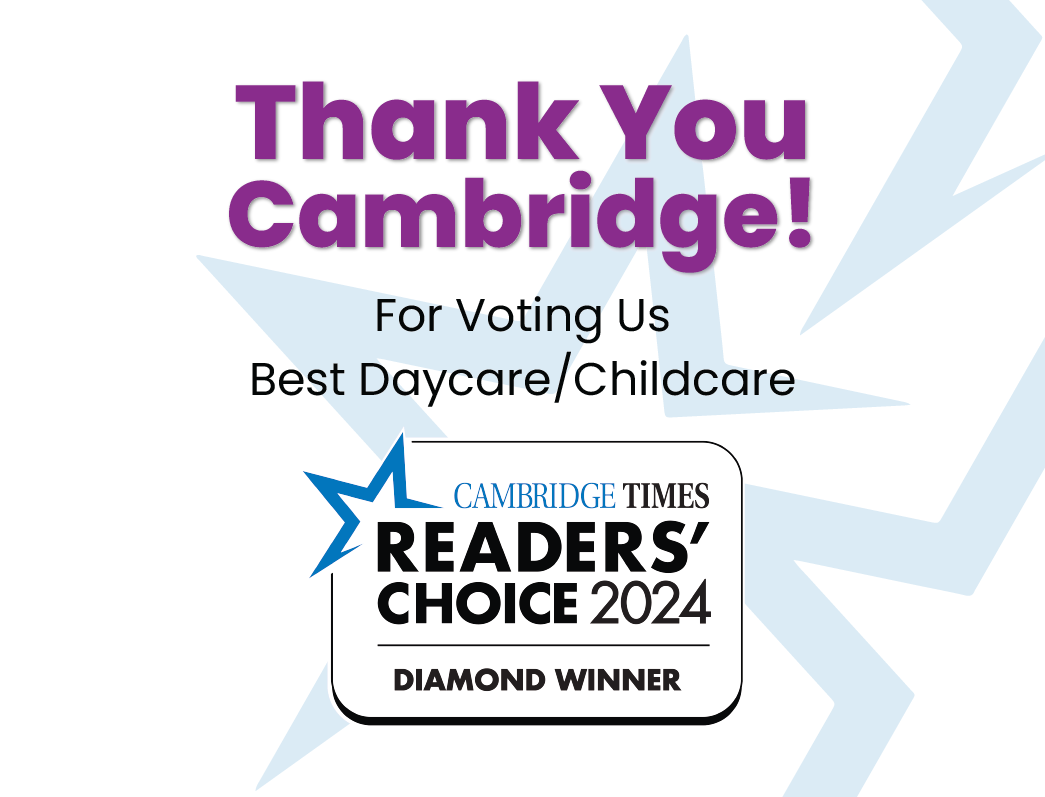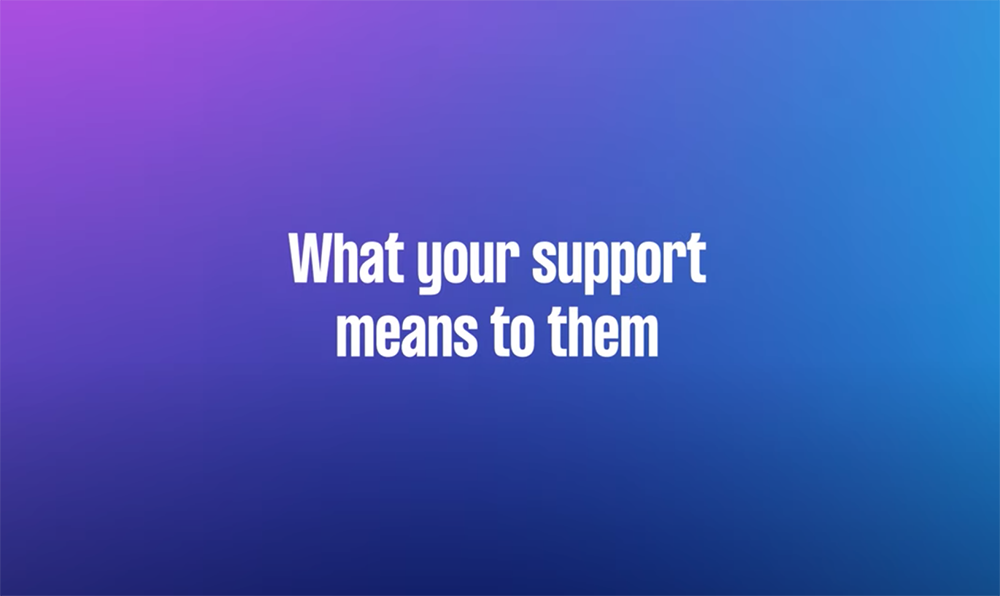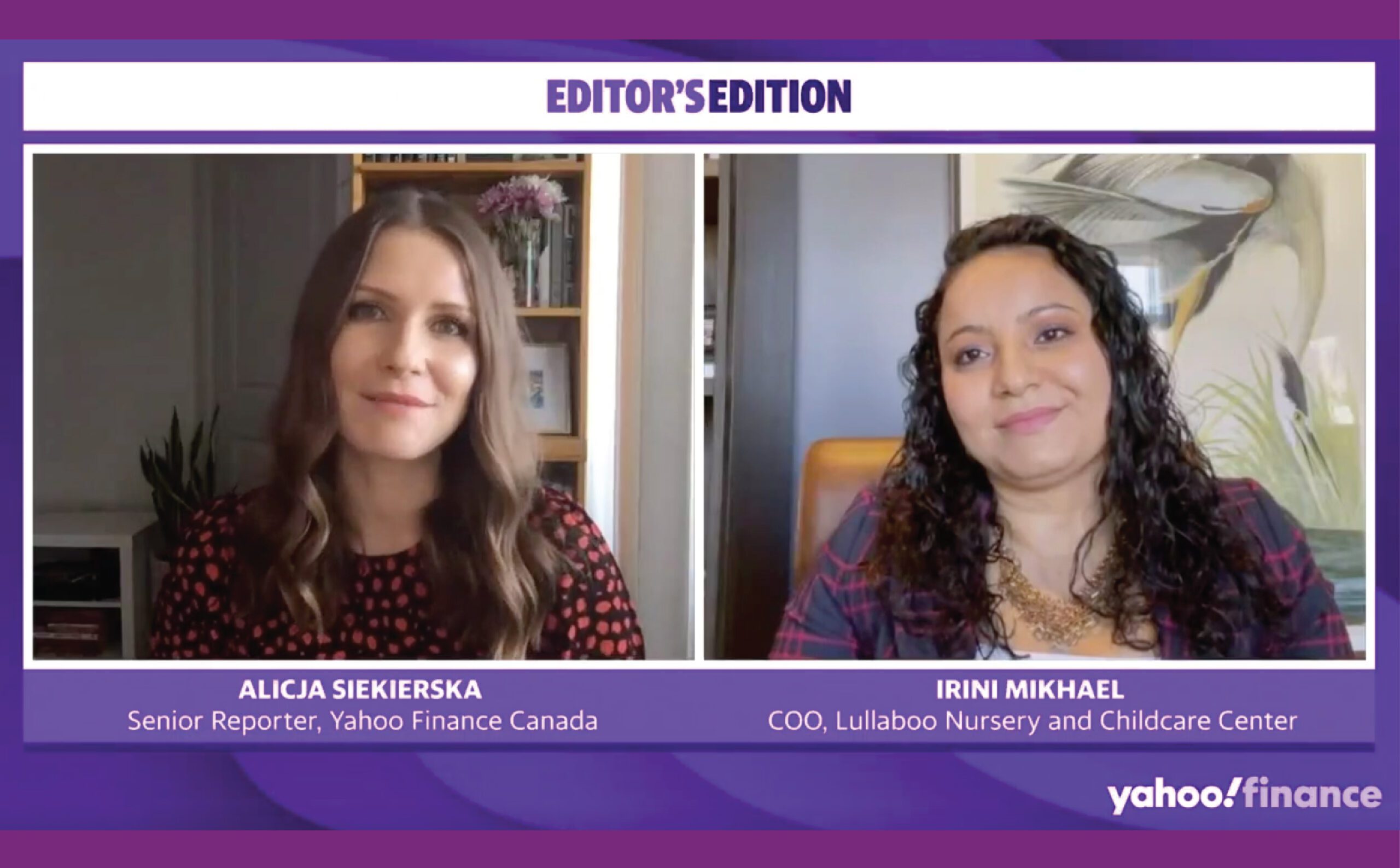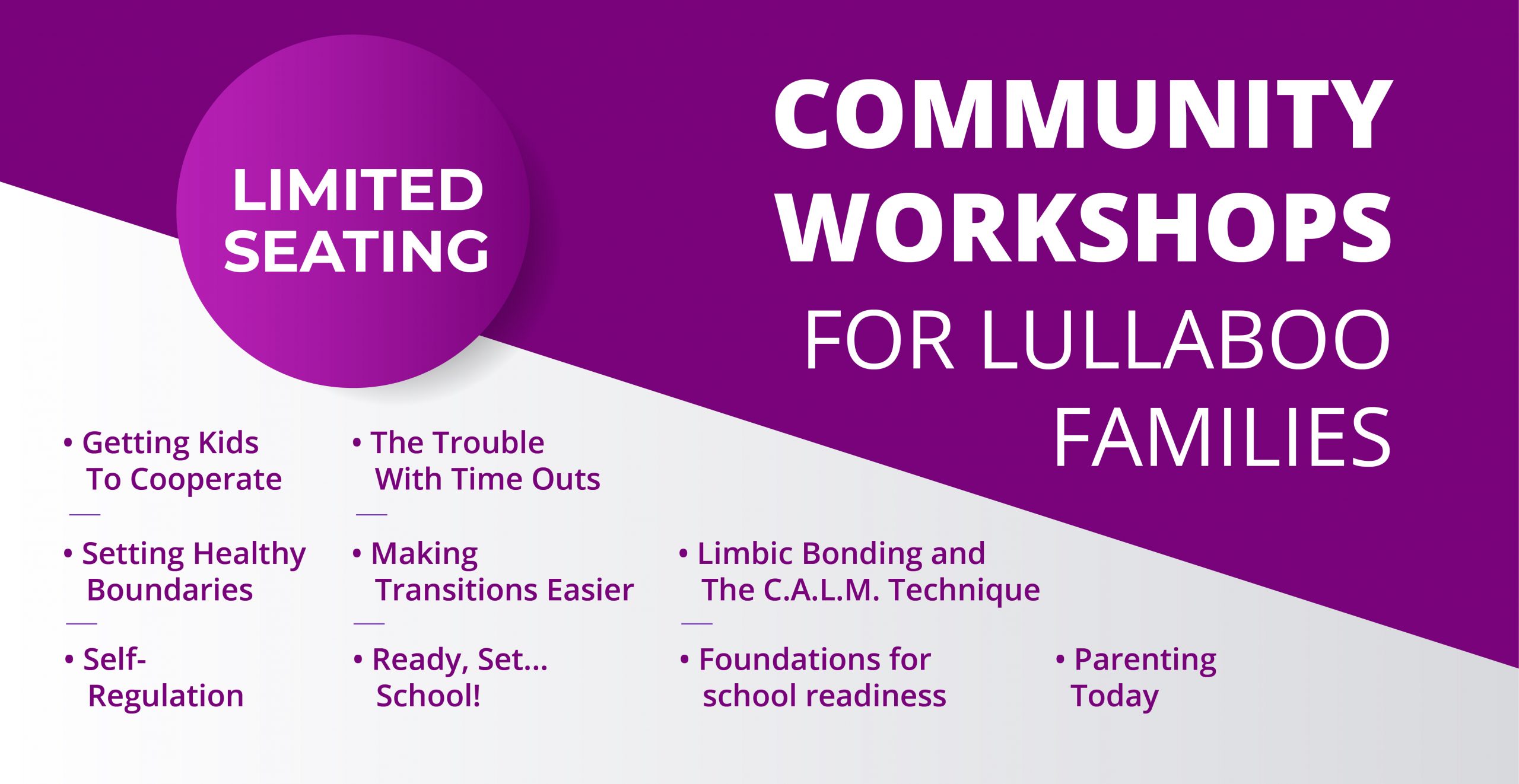The cold of winter can be a hard time for your
baby. Toronto’s winters are cold and snowy, so it’s important to make sure that your baby remains warm and dry, even in sub-zero temperatures. That can be a huge hassle at times, though. Between bulky jackets, blankets, diaper bags and squirmy babies, it can be difficult to keep everything under control.
We’ve dealt with all this before, and we have a few tips and tricks to help new parents and their baby through the winter. Here are some pieces of hard-earned advice on how to keep your baby warm during the Canadian winter.
Create a Warm Sleeping Environment
One thing you should
not do is cover your baby in bedding when you put them to sleep. Experts say that you should put your baby to sleep on their back without any pillows or coverings at all, to help reduce the chance of SIDS. Instead, set up a cozy sleep environment. A warm, flannel fitted sheet for the crib is a great way to keep things cozy through the night. Dressing them warmly helps, too, with a onesie or an undershirt underneath a one-piece footed sleeper.
Another possibility is to get a wearable sleeping bag. These zip up the front and can be worn over a sleeper. They’re sleeveless, so your baby won’t be constrained, and it will help keep their body heat inside where it can do the most good. That, coupled with the thermostat set in the low 20s, should keep your baby warm at night.
Bundle Up When Going Outside
Of course, your baby can’t stay indoors forever! Fresh air is good for your baby, and sometimes you simply need to leave the house with them. Remember, though, that when your baby is wrapped up in a stroller, carrier, or backpack, they’ll get cold before you do – you’re walking around and building up a sweat exercising, while they’re just sitting there. Pay attention to your baby’s nonverbal signals. If they’re getting fussy and fidigity, check to see if their fingers, toes, ears and face seem cool. If their skin starts to turn white, get indoors right away, and hold them; your own body warmth is the fastest, safest way to warm them up again.
When you’re outside, you’ll want to dress your baby in layers that go on and come off easily. A snowsuit is a great addition to your baby’s wardrobe; you can slide your baby into it just before you leave, as it will go on nicely over his clothes. You’re looking for a suit with good insulation and a water-repellant exterior. Fleece, flannel and fiberfill are all good options.
Most body heat escapes from the head, so a hat or hood is also very important when going outside. Mittens, socks and booties are also a must if you’re going to spend any extended time outside. In a pinch, dressing your baby in layers and wrapping them in a cotton blanket can work, but there’s really no replacement for the proper winter gear.
Don’t Overheat When Indoors
It’s equally important to make sure your baby doesn’t overheat when indoors, however, and that’s where the “comes off easily” part comes in. You’ll want to remove a layer when you go indoors, so your baby won’t sweat. That sweat and dampness will just make them colder when you go back into the winter weather outside. Similarly, remove a layer from your baby in the car once it gets warm, to ensure they remain at a comfortable temperature.
